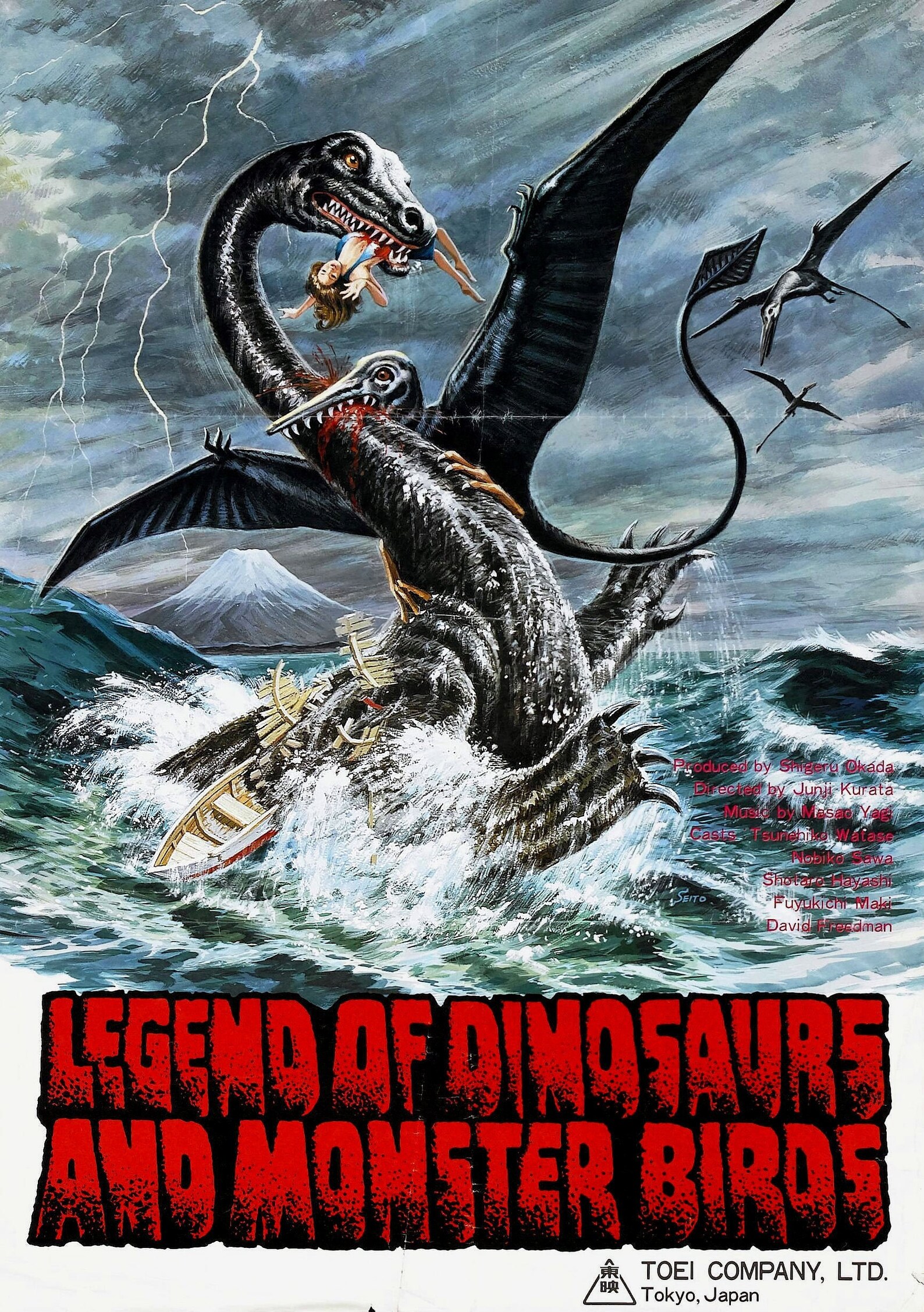

Occasionally, mosasaur fossils were preserved with their stomach contents intact, which helps paleontologists learn more about their hunting strategies.

These mosasaurs were apex predators and could be compared to modern orcas, while other mosasaur species were more specialized feeders and adapted to eat shellfish, like modern sea otters, Live Science previously reported. Large mosasaurs would have likely eaten almost any kind of prey they were able to catch, including fish, sharks, sea birds and even other mosasaurs, according to the U.S. Mosasaurs were the ocean's most dominant predator at the end of the Cretaceous period and lived across the world's oceans. A nondescript vertebrate, followed by a Enchodus, followed by a Dolichorhynchops, followed by a large mosasaur. The food chain of marine predators in the Cretaceous period.


 0 kommentar(er)
0 kommentar(er)
